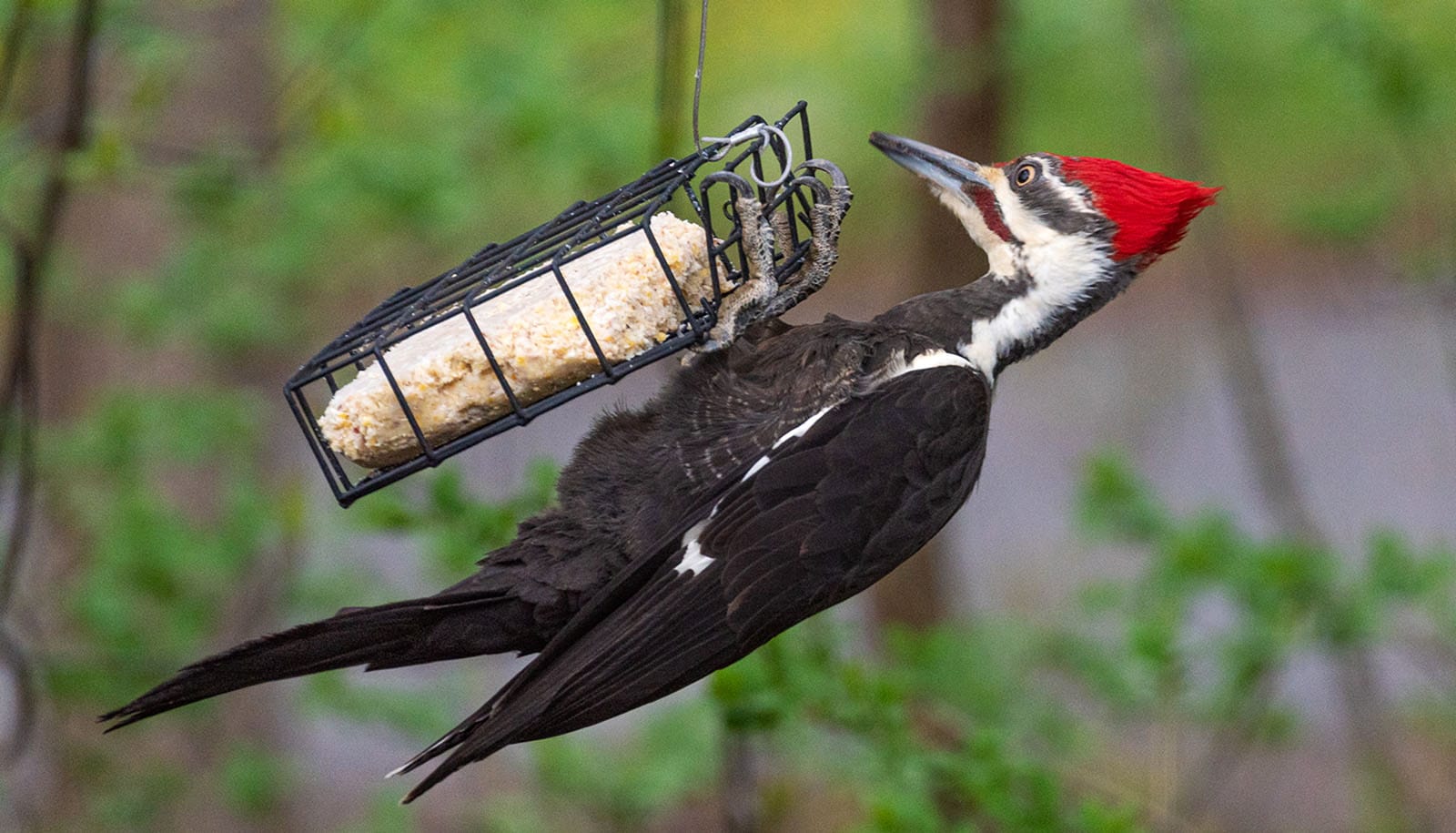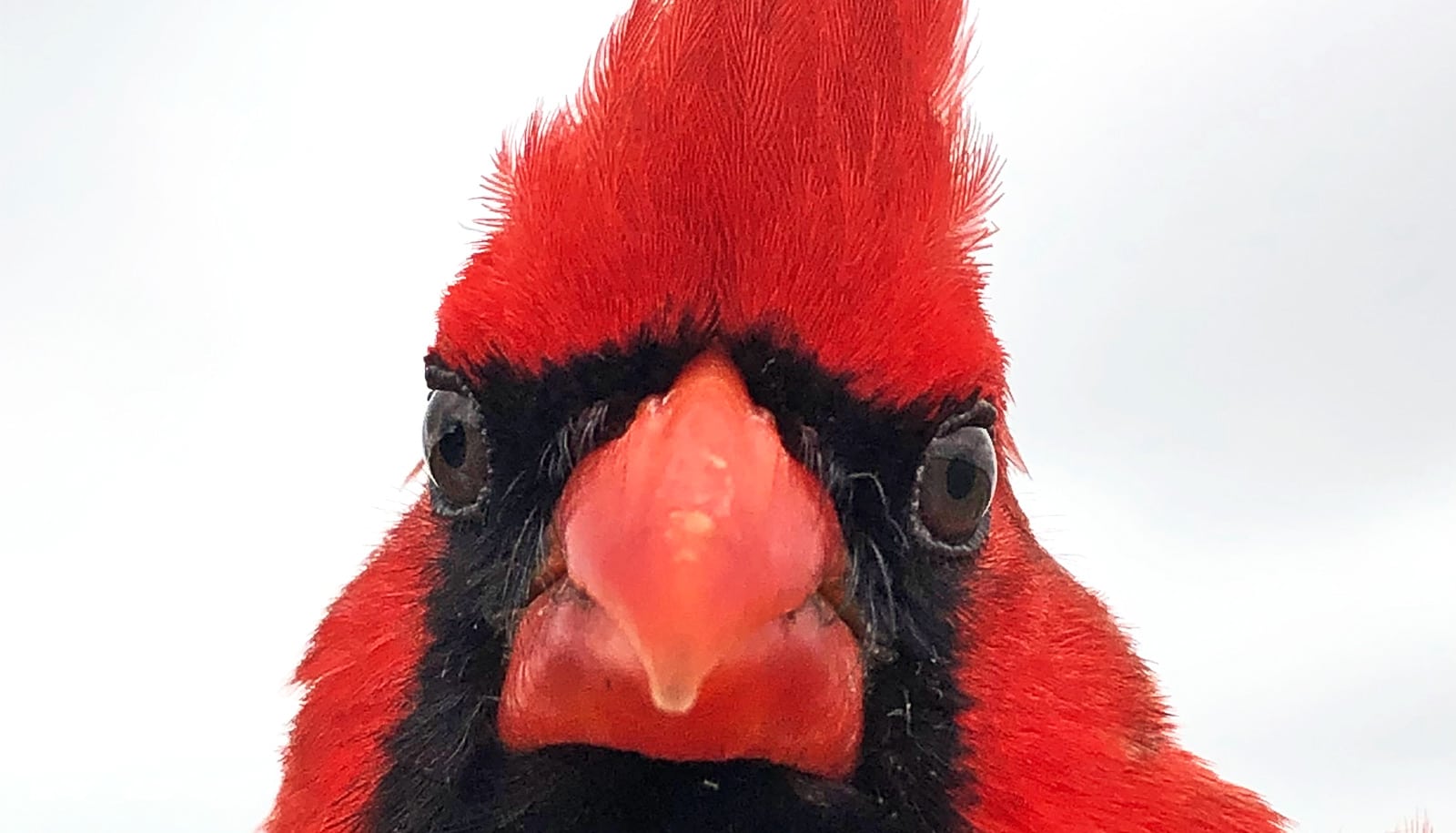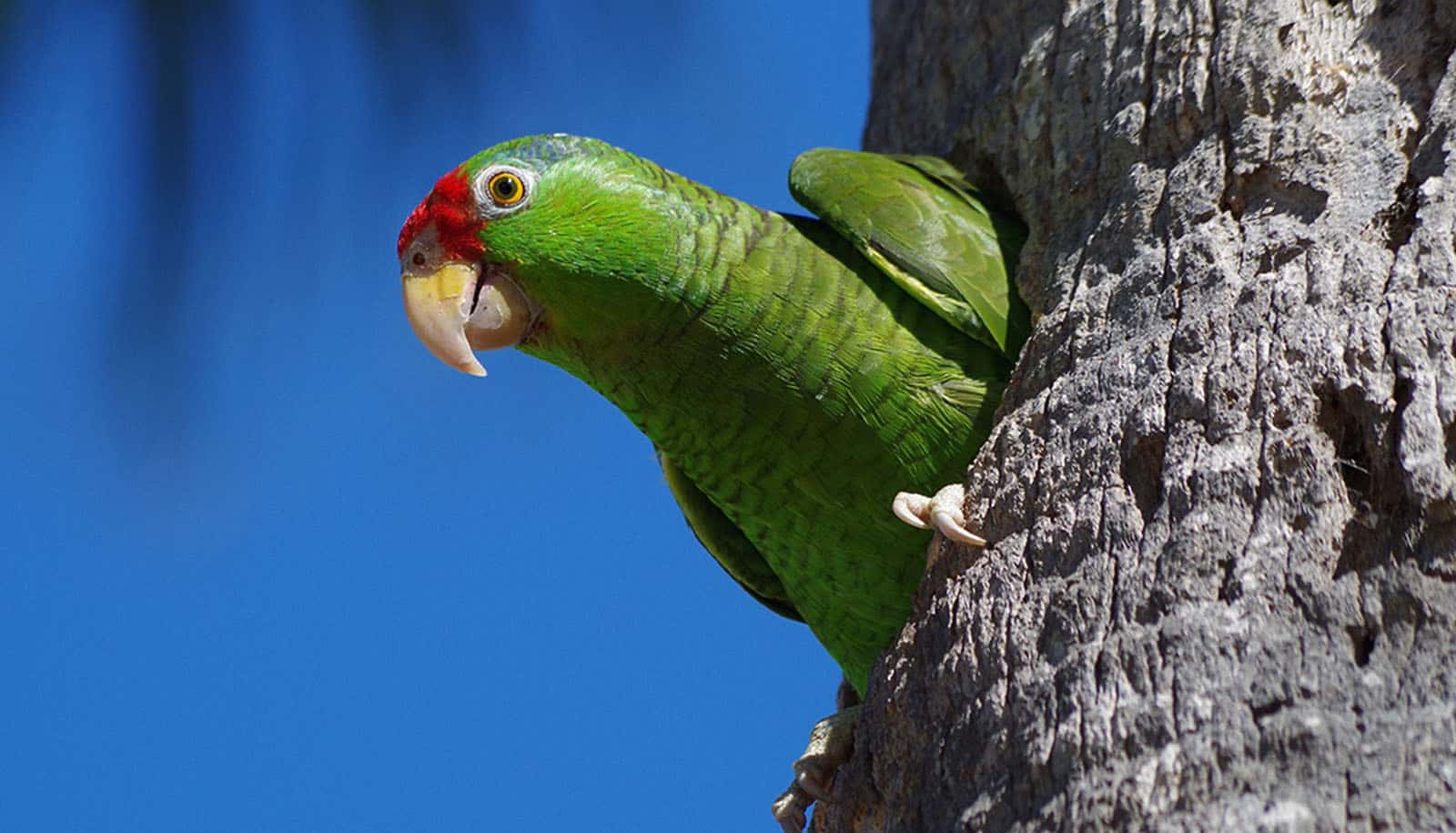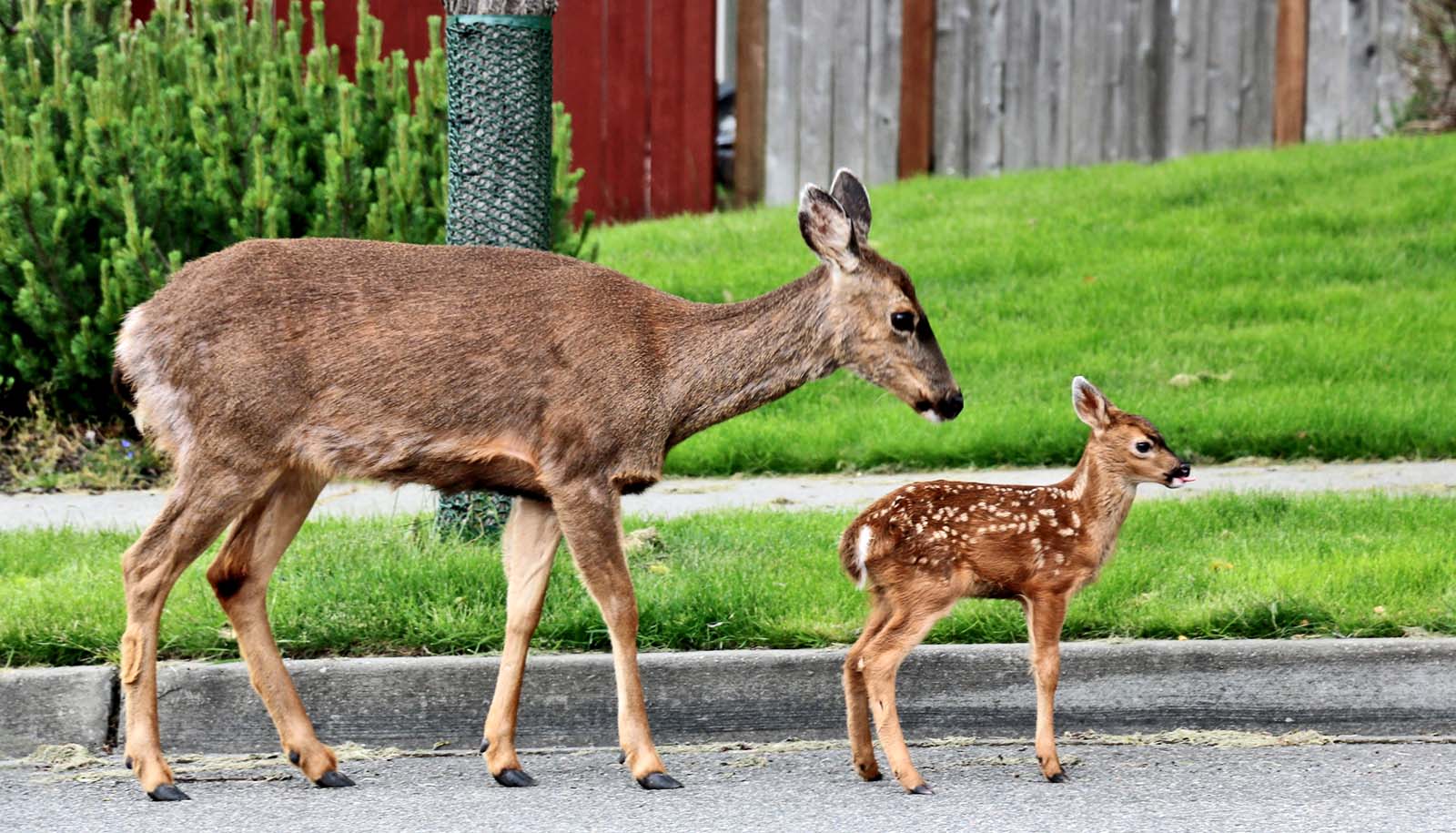A new study shows a decline in bird biodiversity across urban and agricultural areas of the United States.
The decline stems from human activities modifying or disturbing birds’ habitats, according to the study in the journal Ecography.
“We know anthropogenically modified environments can negatively impact biodiversity by decrease the number of species,” says Corey Callaghan, assistant professor of global ecology at University of Florida Institute of Food and Agricultural Sciences’ Fort Lauderdale Research and Education Center. “In our study, we learned that as you go from natural areas to human-modified areas, the number of individuals that can persist decreases, which then influences species richness.”
Although much research has highlighted patterns of bird diversity and how changes occur along different urban and agricultural environments, the scope of change has been challenging to confirm, as have the conditions by which the change occurs.
“Luckily, citizen science datasets such as eBird allow for increasingly broad-scale studies in space and time, which provide an exceptional dataset to answer some of these questions,” says Callaghan.
For the study, scientists used a combination of datasets. They started by compiling bird data from the eBird citizen science app. The eBird app enlists volunteer birders to submit checklists of all bird species and the abundance of each species they hear and/or see while birding. eBird is among the world’s most significant biodiversity-related science projects, with users around the work contributing more than 100 million bird sightings annually.
Using more than 90,000 of these checklists from across the continental US, the scientists found strong evidence of an overall decline in bird diversity along a human-modified gradient, from natural areas to areas with high human activities, such as urban or agricultural areas.
Callaghan highlights that this result is “unimodal,” meaning that there is a peak in diversity around the rural-suburban interface. This suggests that small and local actions can have a positive effect on biodiversity. In other words, despite the decline of bird diversity in urban environments, scientists say there is still hope for building biodiversity bird species in urban areas so long as humans adopt inviting changes to their surrounding environment.
Callaghan suggests introducing native plants and shrubs to landscapes, researching, and placing the right bird feeder for your area, and providing wildlife cover. If you must cut down a standing dead tree or one dying due to disease, lightning, or animal damage, consider leaving the lower trunk as a snag. Snags serve as inviting nesting cavities for woodpeckers for example. On a grander scale, municipalities and communities can implement urban forests and utilize urban forest remnants as buildings for birds to influence and promote bird conservation in urban areas.
Source: University of Florida



